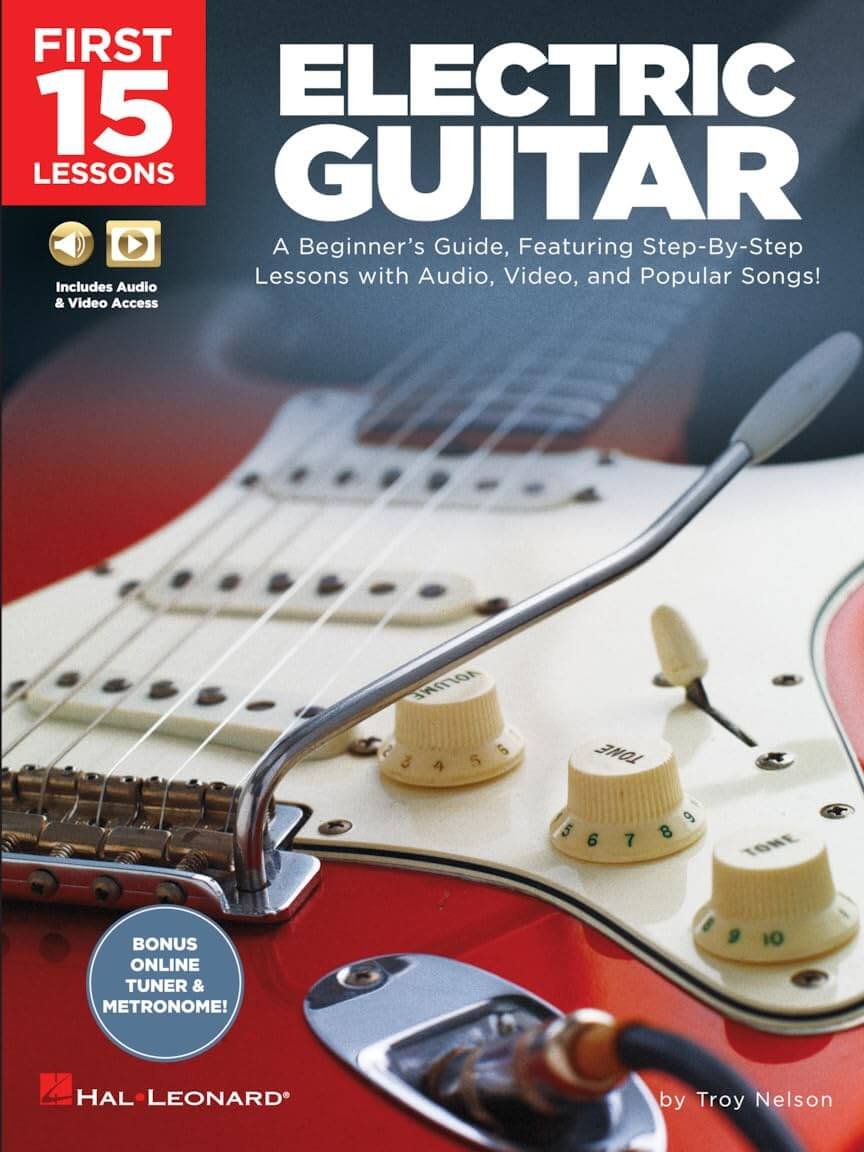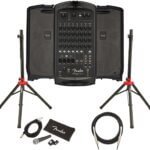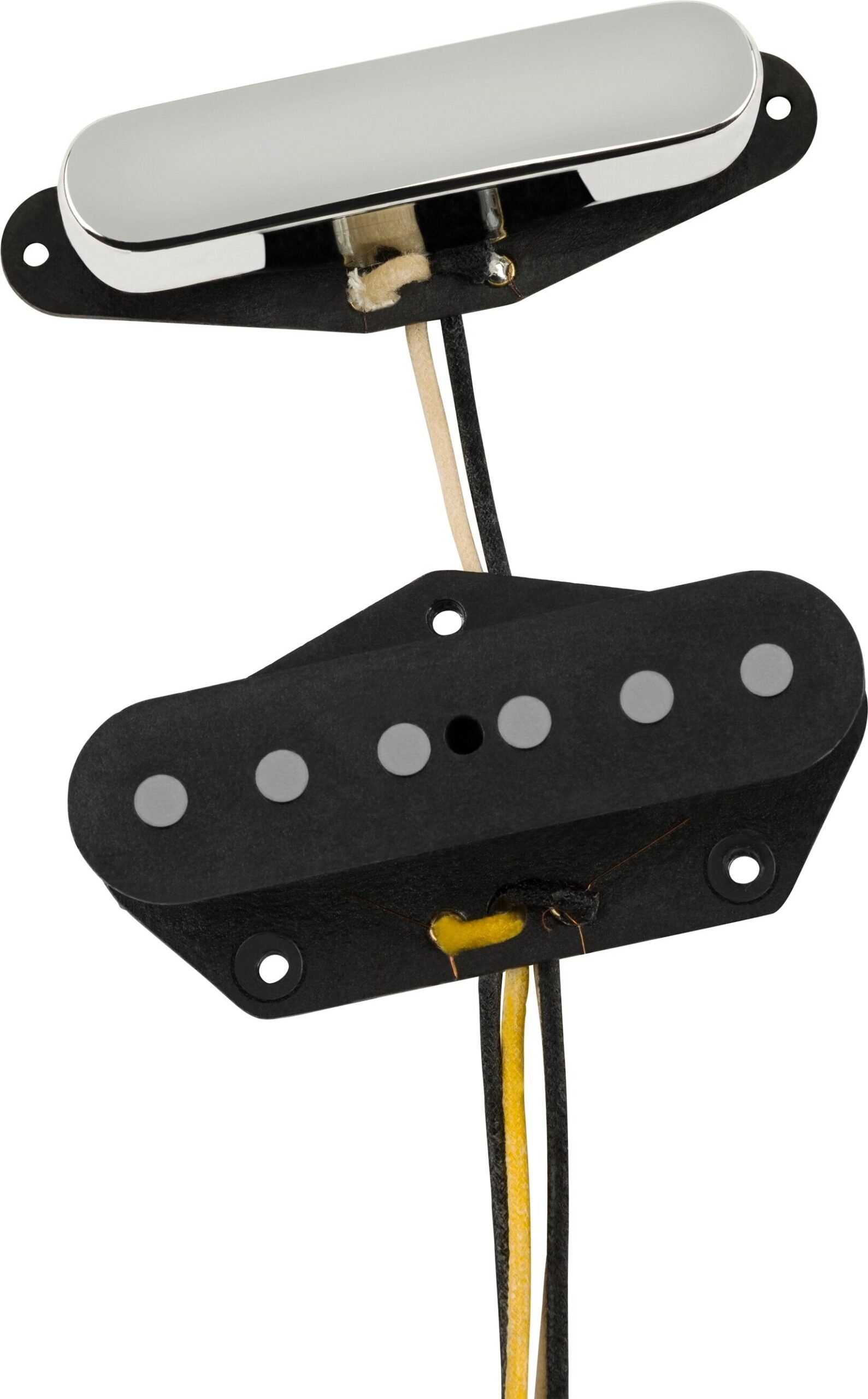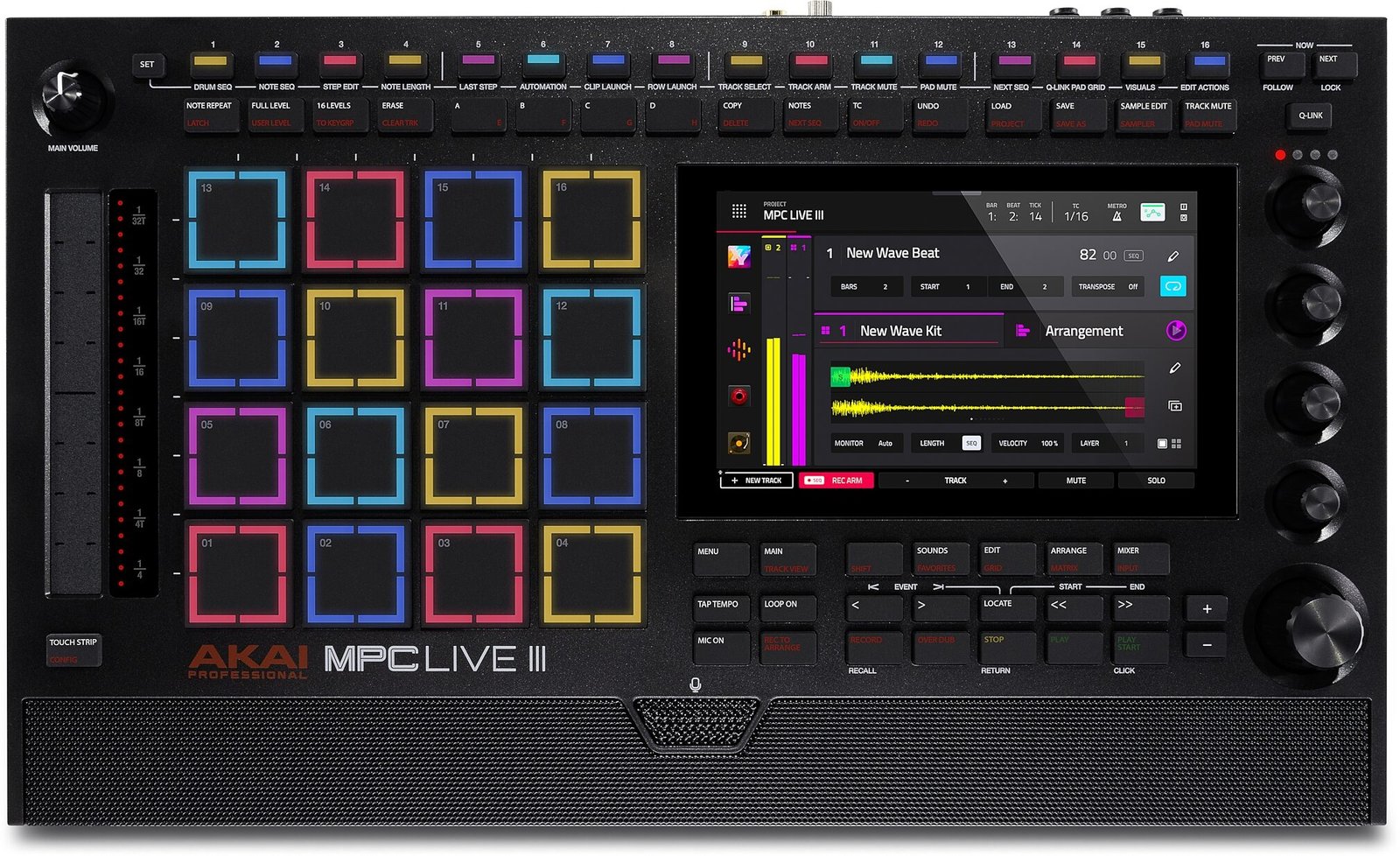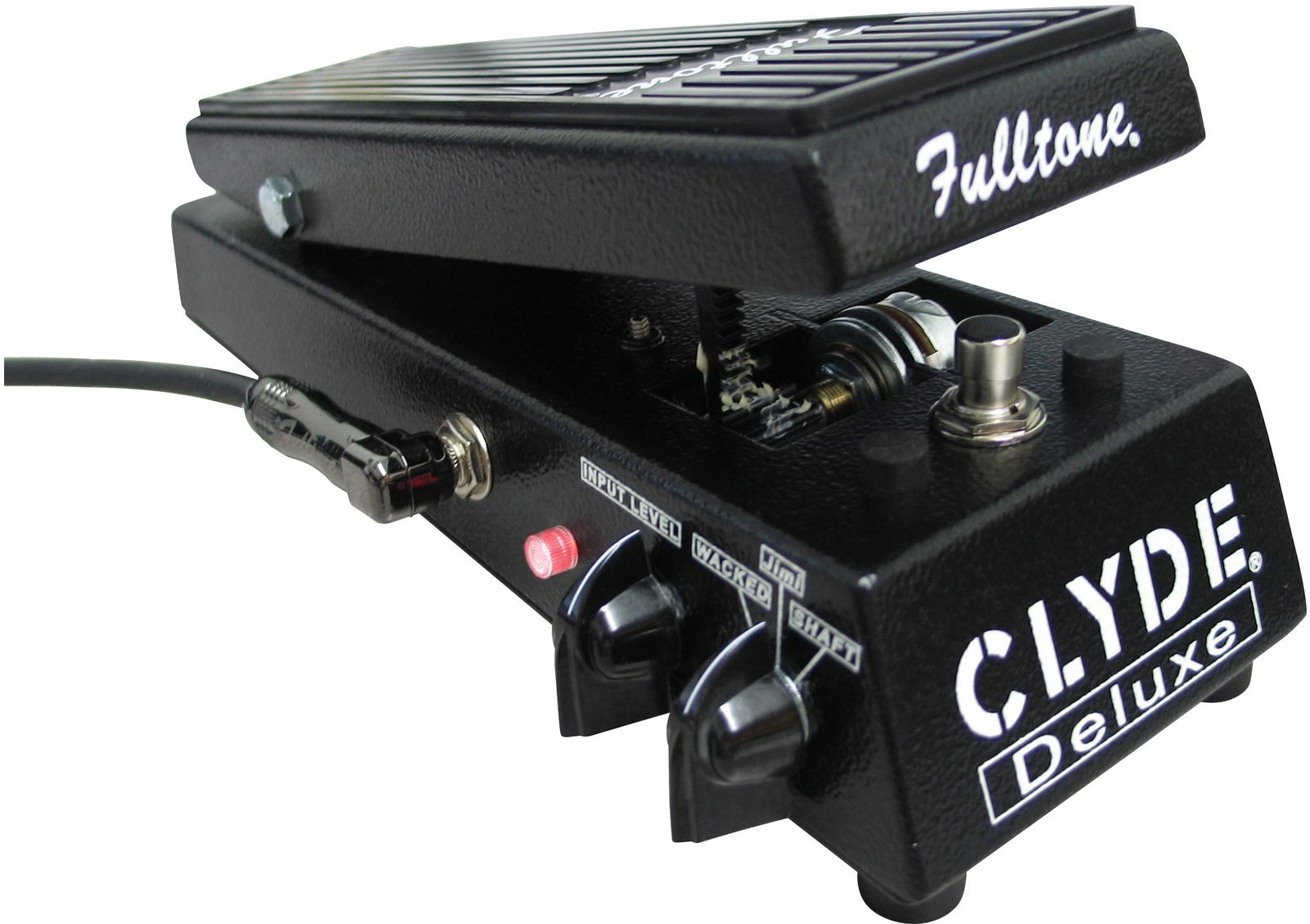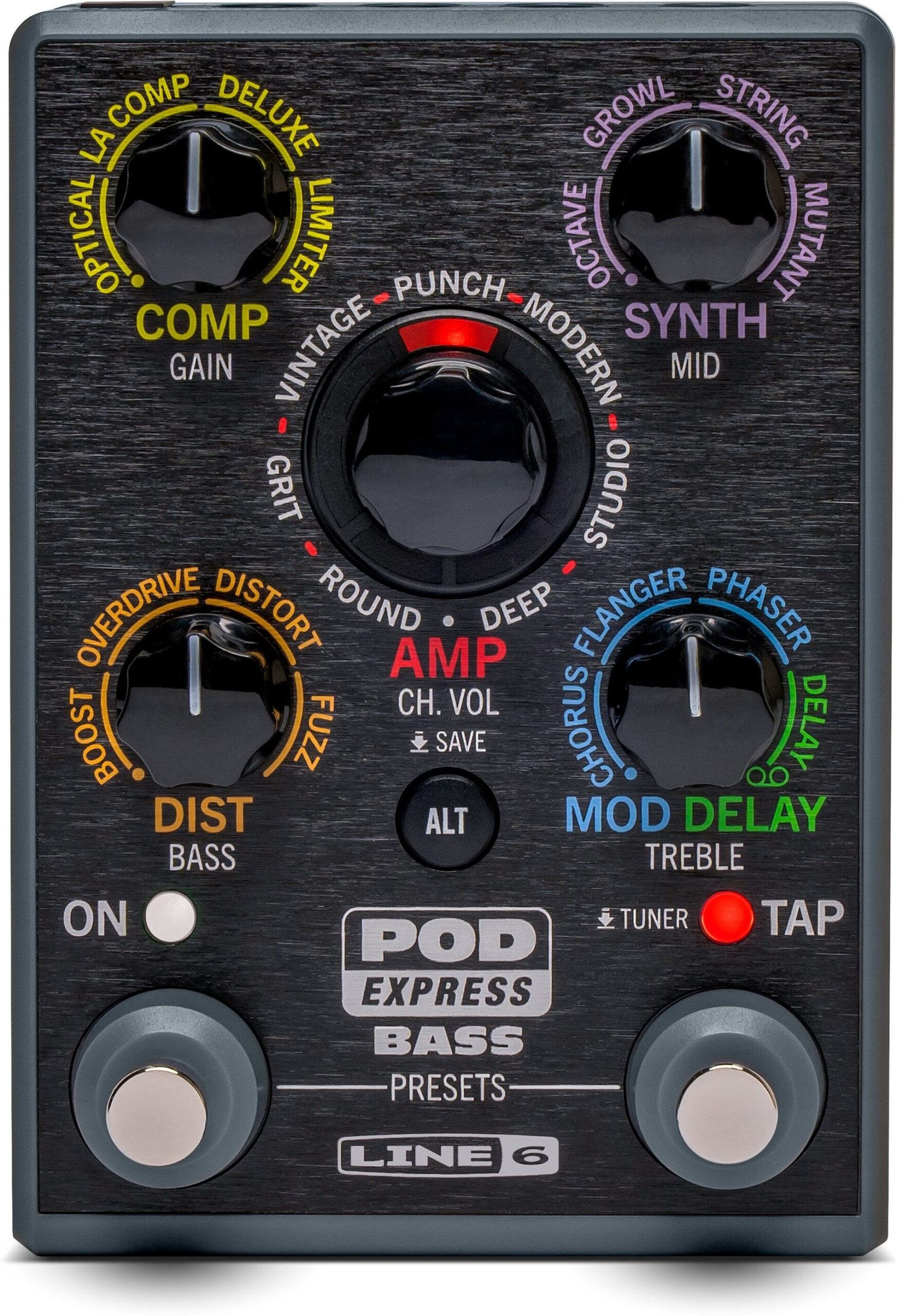Introduction to Electric Guitar
The electric guitar is a powerful and versatile instrument that has shaped modern music across various genres, from rock and blues to jazz and pop. Its unique sound and ability to adapt to different styles make it an essential choice for aspiring musicians. For those who are new to music, the electric guitar offers an inviting entry point, filled with countless opportunities for creative expression.
One of the primary reasons why beginners should consider learning the electric guitar is its inherent adaptability. Unlike its acoustic counterpart, the electric guitar can be amplified, allowing it to produce a vast range of sounds and tones. This capability enables musicians to experiment with effects and styles, catering to a wide audience and personal taste. Furthermore, the ease of use coupled with numerous online resources has made learning the electric guitar more accessible than ever. This electric guitar beginner’s guide with online audio and video serves as an excellent starting point for those looking to harness its potential.
Starting with the fundamentals is crucial for any aspiring guitarist. Understanding the components of the instrument, basic chords, and strumming techniques can lay a solid foundation for further development. A well-structured guide that incorporates both audio and video resources allows beginners to comprehend the nuances of playing the electric guitar effectively. This multimedia approach not only enhances engagement but also promotes better retention of skills. By immersing oneself in accessible learning materials, beginners are equipped with the necessary tools to progress in their journey and cultivate their musical abilities.
Why Choose the Beginner’s Guide?
The journey of learning to play the electric guitar can often be daunting for beginners. However, the ‘First 15 Lessons’ electric guitar beginner’s guide with online audio and video stands out in its approach to teaching. This guide provides a structured learning path, which is essential for those just starting. Each lesson is designed to build upon the previous one, ensuring that learners grasp fundamental concepts before moving on to more complex techniques.
One of the primary advantages of this guide is the accessibility provided through downloadable audio and video content. Beginners can listen to and watch instructional materials at their own pace, which enhances comprehension and retention. The integration of various media types facilitates different learning styles, catering to auditory and visual learners alike. This approach not only makes learning more enjoyable but also allows learners to practice alongside the content, reinforcing their skills in real-time.
Additionally, the engaging methods employed throughout the ‘First 15 Lessons’ ensure that students remain motivated on their learning journey. The inclusion of exercises and songs encourages consistent practice, while the approachable presentation of each lesson prevents beginners from feeling overwhelmed. The guide emphasizes foundational skills, such as strumming patterns and basic chords, which are crucial for building confidence and competence in playing electric guitar. By focusing on gradual skill development, learners can experience the satisfaction of progress without becoming frustrated by the challenges that often accompany instrument mastery.
In conclusion, the electric guitar beginner’s guide with online audio and video resources offers a comprehensive, accessible, and engaging approach to learning the instrument. It is particularly suited for new players as it simplifies the complexities of learning the electric guitar, ultimately paving the way for a fulfilling musical journey.
Learning Guitar Fundamentals
Embarking on the journey of playing the electric guitar requires a solid foundation in its fundamental concepts. Understanding the parts of the electric guitar is essential for effective learning and overall playability. The main components include the body, neck, strings, pickups, and frets. Each of these elements plays a vital role in how sound is produced and manipulated. A beginner must familiarize themselves with the functions of each part to develop a deeper connection with their instrument.
Basic music theory is another crucial aspect of mastering the electric guitar. Learning to read sheet music, understanding notes, and grasping the significance of scales and chords will enhance a beginner’s ability to play a variety of songs. Music theory serves as a framework that not only aids in recognizing patterns within music but also supports improvisation and songwriting techniques. With a good grasp of the theoretical aspects, beginners can unlock a multitude of creative possibilities.
Prioritizing mastery of these fundamentals cannot be overstated. These foundational lessons act as the building blocks for future progress. As aspiring musicians delve deeper into the electric guitar beginner’s guide with online audio and video tutorials, they will find themselves connecting the dots between theory and practical application. Developing a solid understanding of the fundamentals facilitates smoother transitions into more complex techniques and styles.
Ultimately, the initial stages of learning the electric guitar should be viewed as an investment in one’s musical potential. By taking the time to comprehend the essential components and principles of music, beginners will set themselves on a path toward successful playing and personal expression.
Chords and Their Significance
Understanding chords is crucial for anyone diving into the world of guitar, particularly for those seeking insights from an electric guitar beginner’s guide with online audio and video resources. Chords are the building blocks of music, allowing players to create harmony and melody. At their core, chords consist of two or more notes played simultaneously, and they can be categorized into several types, including major, minor, augmented, and diminished chords.
Major chords typically evoke feelings of happiness and triumph due to their bright sound, while minor chords often convey sadness or contemplation, showcasing the emotional depth that chords can provide. Each chord is constructed using a specific formula based on intervals, which are the spaces between the notes. For beginners, learning the construction of basic chords not only enhances understanding but also makes it easier to progress to more complex variations.
The significance of chords in song composition cannot be overstated. Most popular songs are structured around a series of chord progressions, which guide the listener through different emotional landscapes. By familiarizing themselves with common chord progressions, beginners can strum along with their favorite tunes in no time. This can be particularly enjoyable when augmented with online audio and video tutorials, enabling aspiring guitarists to hear the chords in action and observe techniques in real-time.
A well-designed electric guitar beginner’s guide with online audio and video can elevate the learning experience by providing a step-by-step approach to mastering chords. The interactive elements of such a guide allow for practical engagement, making practice sessions both enjoyable and effective. Therefore, beginners are encouraged to embrace chords as a vital component of their guitar journey, laying a solid foundation for their future musical endeavors.
Mastering Strumming Techniques
Strumming is a fundamental aspect of playing the electric guitar, especially for beginners, as it lays the foundation for rhythm and feel in your playing. Understanding different strumming patterns is essential for a musician aspiring to perform popular songs. In this electric guitar beginner’s guide with online audio and video, you will find various techniques that enhance your strumming ability.
One of the most common strumming patterns involves alternating between downstrokes and upstrokes. A basic pattern starts with a downstroke followed by an upstroke, creating a consistent rhythm. As you progress, you may explore more complex patterns that introduce variations in timing and accentuation. For example, some popular songs utilize syncopation, where you emphasize certain beats creating a lively and engaging sound.
To effectively practice these strumming patterns, consider incorporating the following tips. First, start slowly. Gradually increase your speed as you become more comfortable with the motions. Use a metronome to maintain a steady tempo, which can significantly improve your timing. Additionally, practicing with online audio and video resources can offer you the opportunity to play along with backing tracks, making practice more enjoyable and instructional.
Another important aspect of strumming is the use of dynamics. Varying the intensity of your strokes can add expression to your music, making each performance feel more personalized. As you familiarize yourself with strumming patterns, try to listen for how professional guitarists implement dynamics in their playing. Observing your influences can greatly enhance your learning experience.
By mastering these strumming techniques through diligent practice and utilizing a rich array of resources, you will build a strong foundation for your guitar journey, empowering you to play and enjoy your favorite songs with confidence. The electric guitar beginner’s guide with online audio and video serves as an invaluable tool in this exciting endeavor.
Learning Popular Songs
One of the most exhilarating aspects of embarking on an electric guitar beginner’s guide with online audio and video is the opportunity to learn and perform popular songs. This component adds a unique and enjoyable angle to the learning process, making it more engaging for novices. Recognizable tracks create motivation and excitement, serving as milestones that guide beginners through their journey.
The curriculum of many beginner guitar courses is often structured around evergreen songs that resonate with all age groups. For instance, classic hits such as “Smoke on the Water” by Deep Purple or contemporary favorites like “Wonderwall” by Oasis are often included in lesson plans. These songs are typically chosen for their catchy melodies and simple chord structures, making them accessible for newer players. By incorporating these popular tunes, learners can experience the joy of playing songs they love, which enhances both their skill development and overall enjoyment.
Moreover, utilizing online audio and video resources allows learners to take advantage of various teaching styles and techniques. Many video tutorials break down popular songs into manageable sections, providing step-by-step guidance on how to play each chord or riff. These engaging lessons often feature play-along segments, enabling beginners to practice alongside the original tracks, ensuring they not only learn the notes but also understand the rhythm and feel of the song.
Learning popular songs as part of an electric guitar beginner’s guide not only cultivates essential skills but also fosters a lasting passion for music. This approach transforms practice from a chore into an exhilarating experience, enabling players to visualize their progress while enjoying the familiarity of their favorite songs. As they master each tune, beginners are more likely to remain motivated and enthusiastic about their guitar journey.
Online Audio and Video Resources
In the realm of learning the electric guitar, multimedia resources play an integral role, especially for beginners. The inclusion of online audio and video resources significantly enhances the learning experience and provides learners with the tools necessary to develop their skills effectively. The electric guitar beginner’s guide with online audio and video is designed to cater to various learning styles, allowing learners to visualize techniques and hear the nuances of playing.
Video tutorials are particularly beneficial, as they offer a visual representation of finger placements and strumming techniques. This visual aid allows learners to follow along with the instructor, making it easier to grasp complex concepts that might be challenging to understand through text alone. Additionally, many platforms incorporate slow-motion features, providing beginners the opportunity to comprehend each movement fully before attempting to replicate it.
Audio resources, on the other hand, are crucial for developing an ear for music. Listening to quality recordings helps learners recognize chord progressions, rhythm patterns, and melody structures. Furthermore, audio tracks are often available for practice, enabling beginners to jam along and apply their skills in real-time scenarios. This interactive approach fosters a deeper understanding of both music theory and practical application.
The combination of video and audio resources allows for a more dynamic and engaging learning environment. Not only do these tools assist in effectively conveying information, but they also encourage consistent practice and self-confidence in skill application. Thus, beginners can navigate their learning journey with greater assurance and proficiency. By utilizing the electric guitar beginner’s guide with online audio and video, learners are well-equipped to build a solid foundation in their guitar playing endeavors.
Community and Support for Beginners
Embarking on the journey of learning the electric guitar can often seem daunting, especially for beginners. However, the presence of a dedicated community and adequate support can significantly enhance the learning experience. Connecting with fellow guitar enthusiasts can provide invaluable insights, encouragement, and motivation. Various online platforms and forums serve as excellent resources where beginners can share their experiences, questions, and challenges. These spaces often foster a sense of belonging that is crucial in maintaining interest and passion for the instrument.
One effective way to engage with other learners is through social media platforms, where numerous groups and pages cater specifically to electric guitar beginners. Here, individuals can exchange tips on techniques, share videos of their practice, and even collaborate on song projects. Participating in such communities not only aids in learning but also helps in making new friends who share the same enthusiasm for music. Many experienced players also contribute to these discussions, offering advice and guidance that can prove beneficial as one progresses through the electric guitar beginner’s guide with online audio and video resources.
In addition to social media, engaging with online forums dedicated to guitar learning can further enhance the journey. Websites like Ultimate Guitar and GuitarLessons365 provide spaces for beginners to ask for help or start discussions about specific challenges they might be facing. Whether it’s finding the right techniques or troubleshooting equipment, these forums are typically filled with passionate individuals ready to assist each other. Ultimately, establishing connections with fellow learners not only boosts confidence but also enriches the overall experience of learning the electric guitar. This sense of community is an essential element in your musical journey, paving the way for continued growth and progress.
Conclusion: Embrace Your Musical Journey
Embarking on the path of learning the electric guitar can be an exhilarating experience filled with creativity and self-expression. With the right resources at your disposal, such as an extensive electric guitar beginner’s guide with online audio and video, you can initiate your journey with the confidence and knowledge necessary to succeed. This comprehensive approach to music education not only provides a solid foundation for understanding the instrument, but it also enhances your ability to practice and learn effectively.
The ‘First 15 Lessons’ electric guitar guide serves as an outstanding starting point for aspiring musicians. It is designed to cater specifically to beginners, introducing essential techniques, chords, and songs that will keep learners engaged and motivated. Integrated with online audio and video, this resource allows you to follow along at your own pace, reinforcing lessons through visual and auditory learning. Furthermore, the versatility of this guide ensures that you can access it from anywhere, allowing for a truly customized learning experience.
As you contemplate taking the first step toward mastering the electric guitar, remember that every musician’s journey is unique. Committing to a structured learning plan, such as the ‘First 15 Lessons’, not only fosters discipline and commitment but also empowers you to make tangible progress in your music skills. By investing your time and effort into this guide, you can unlock a world of musical possibilities and build a lifelong passion for playing the electric guitar. Take that leap of faith and start your guitar journey today—your future self will thank you for it!

